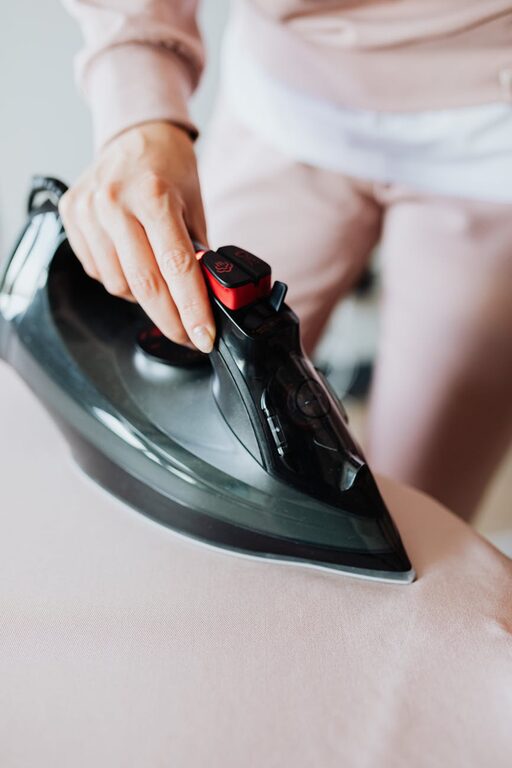Taking good care of your clothes not only helps you save money but also reduces waste and environmental impact. With a few smart habits and routines, you can keep your favorite garments looking fresh and wearable for a long time. In this post, we’ll share practical tips to help you care for your clothes better, whether it’s your everyday t-shirts or special occasion pieces.
Understanding Fabric Types and Care Labels
Before diving into cleaning and storage tips, it’s important to understand your fabrics. Different materials require different care approaches:
– Cotton: Durable and easy to wash, but prone to shrinking in hot water.
– Wool: Needs gentle washing or dry cleaning to avoid shrinking and felting.
– Silk: Delicate and best hand-washed or dry cleaned.
– Synthetic fabrics (polyester, nylon): Generally easy to care for but can trap odors.
– Denim: Strong but can fade if washed too often or in hot water.
Always check the care labels sewn into your clothes. These provide essential instructions such as recommended water temperature, drying method, and ironing guidelines. Following these instructions will help you avoid damage.
Washing Tips to Preserve Clothes
Wash Less Often
Frequent washing wears out fabric fibers faster. Unless your clothes are visibly dirty or smelly, consider wearing items like jeans and jackets multiple times before washing.
Use Cold Water
Washing clothes in cold water reduces color fading and shrinking. It also saves energy. Most detergents today are effective in cold water, making this an eco-friendly choice.
Turn Clothes Inside Out
Turning garments inside out before washing protects the outer surface from friction and fading, especially for printed or brightly colored fabrics.
Choose Gentle Cycles
Use delicate or gentle cycles for lightweight or delicate fabrics to minimize stress on fibers.
Avoid Overloading the Washing Machine
Overloading can cause excessive rubbing between clothes leading to pilling and tears. Give your clothes enough space to move freely.
Use Mild Detergents
Harsh detergents can weaken fibers and strip colors. Opt for mild or specialized detergents designed for delicate fabrics or colors.
Drying and Ironing: Handle with Care
Air Dry When Possible
High heat damages fabrics and causes shrinkage. Whenever possible, air dry clothes on a rack or clothesline away from direct sunlight to prevent fading.
Use the Dryer Sparingly
If you must use a dryer, choose low heat and remove clothes promptly to avoid wrinkles and overheating.
Iron with Proper Settings
Check the care label for ironing temperature. Using too much heat can scorch or weaken fabrics. Use steam or spray water to smooth wrinkles gently.
Storage Solutions to Maintain Shape and Cleanliness
Fold Heavy Garments
Knit sweaters and heavy garments can stretch out on hangers. Fold these items to keep their shape.
Use Padded Hangers for Delicates
Thin straps and delicate fabrics benefit from padded or non-slip hangers to avoid damage and slipping.
Keep Clothes Clean Before Storing
Store only clean clothes to prevent stains from setting and to avoid attracting pests like moths.
Organize by Season
Rotate seasonal clothes and store off-season garments in breathable containers or bags to keep them fresh.
Quick Fixes and Maintenance for Longevity
Remove Stains Quickly
Treat stains as soon as possible with appropriate stain removers to prevent permanent damage.
Mend Small Tears and Loose Threads
Repair minor damage early to avoid larger tears later. Sewing little holes or reinforcing weak seams can extend garment life.
Prevent Pilling
Turn clothes inside out, use gentle wash cycles, and avoid friction with rough surfaces to reduce pilling. A fabric shaver can help remove pills safely.
Eco-Friendly Practices for Your Clothes
By caring for your clothes properly and extending their lifespan, you’re also practicing sustainability. Less frequent washing means less water and energy use. Repairing and maintaining clothing reduces the need to buy new items frequently, helping reduce textile waste.
Final Thoughts
Good clothing care doesn’t have to be complicated or time-consuming. By incorporating these practical habits into your routine, you’ll enjoy fresher, well-maintained clothes that last longer. Your wardrobe—and your wallet—will thank you!
Experiment with these tips and find what works best for your lifestyle and clothes. Happy caring!

